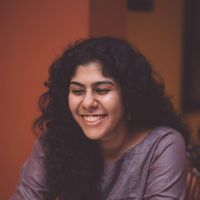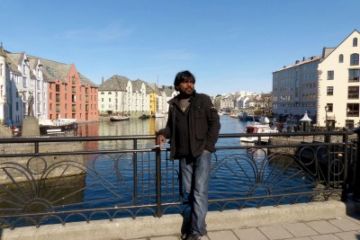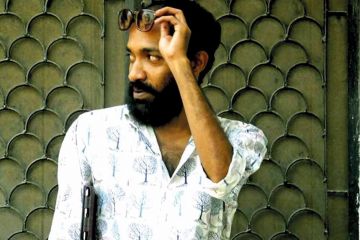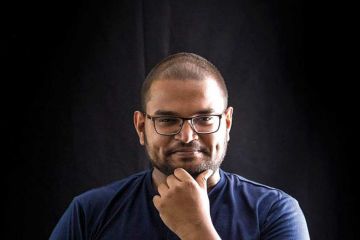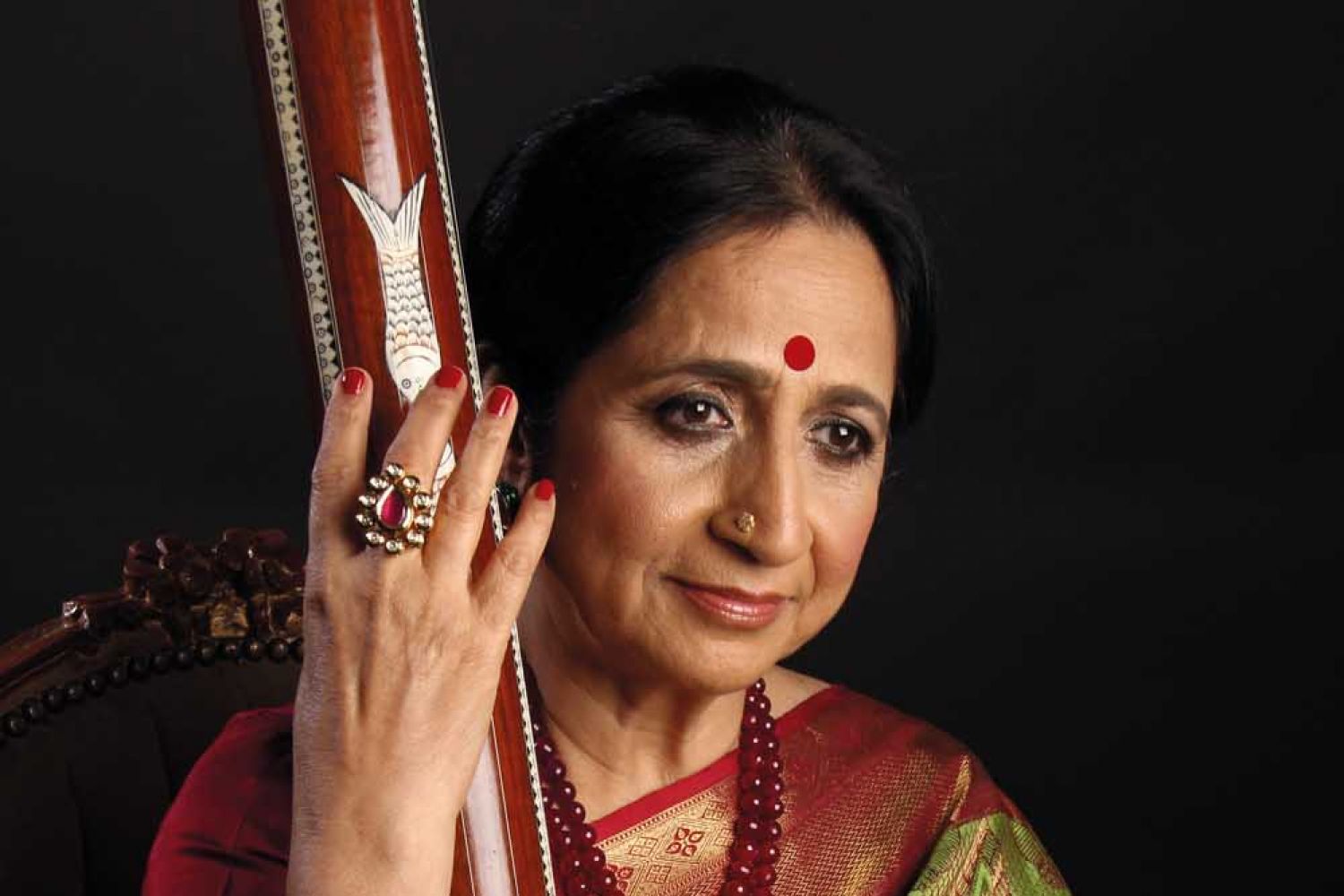
It ought to be
impossible for a girl from Matunga to conquer the Madras music scene. But Aruna
Sairam, who was given the highest honour by the city’s most impenetrable
fortress, The Madras Music Academy’s Sangeeta Kalanidhi title for 2018, has
little left to prove. From abhangs to viruttams, singing for
dance to collaborations with musicians from across the world, and even a
theatrical production in France, she has presented various aspects of music on
stages in several countries. Aru

